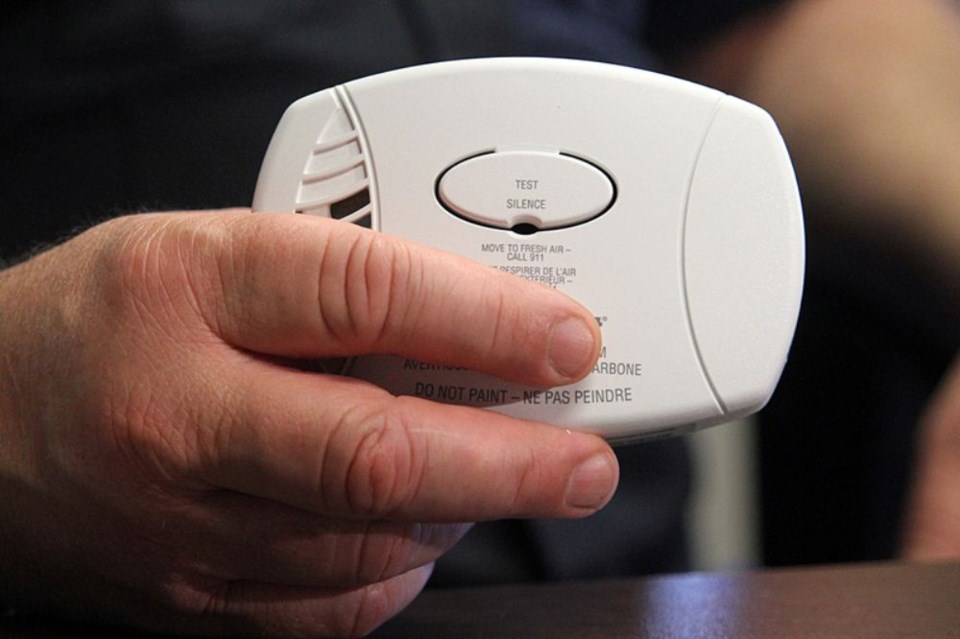THUNDER BAY -- In the wake of this week's tragic incident at a McTavish Street home, Thunder Bay Fire Rescue has issued a notice to the public.
It's reminding residents that Ontario law requires a working carbon monoxide alarm outside all sleeping areas of a dwelling if it has either a fuel-fired appliance, a fireplace or an attached garage.
The fire service has not indicated whether there was a CO alarm in the home where a 55-year-old man died from suspected carbon monoxide poisoning on Sunday night.
The advisory includes the following information:
- Carbon monoxide is produced when fuels such as propane, gasoline, natural gas, heating oil, or wood have insufficient air to burn completely. This can occur in any device that burns these fuels.
- Exposure to carbon monoxide can cause flu-like symptoms such as headaches, nausea, and dizziness, as well as confusion, drowsiness, loss of consciousness and death.
- CO is known as the silent killer because it is an invisible, tasteless and odourless gas that can be deadly.
- Ensure fuel-burning appliances in your home are inspected annually by a registered contractor.
- Check that all outside appliance vents are not blocked.
- Never use a portable fuel-burning appliance inside (i.e. barbeques, portable heaters and generators).
- Your CO alarm sounds different than your smoke alarm. Test both alarms monthly and make sure everyone in your home knows the difference between the two alarm sounds.
- Don’t be confused by the sound of your CO alarm. Follow your CO alarm manufacturer’s instructions so you know the difference between the low-battery warning, the “end-of-life” warning, and the alarm alerting you to the presence of CO in your home.
